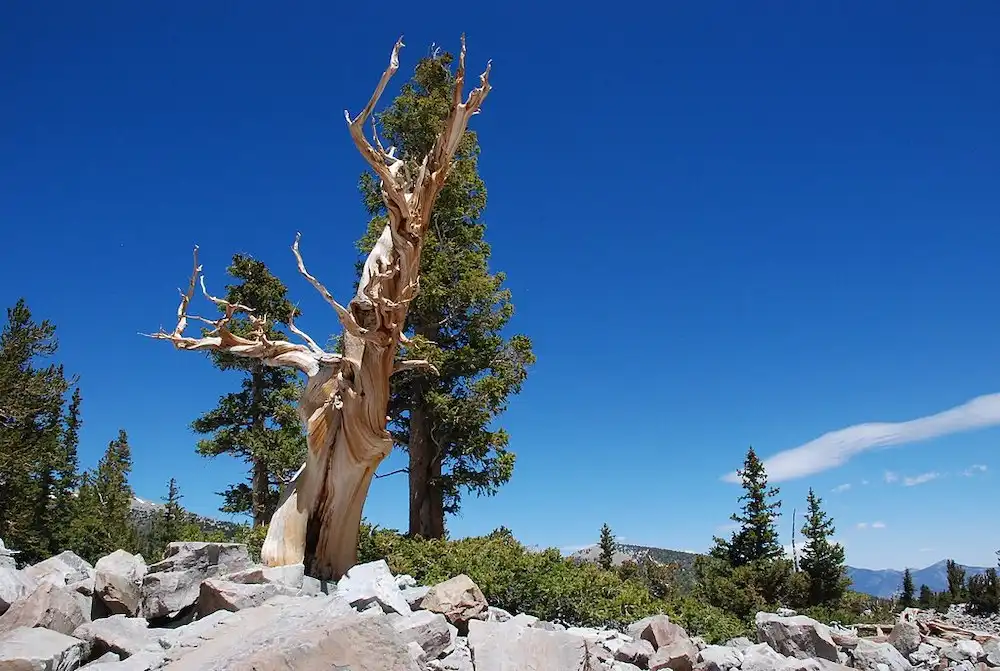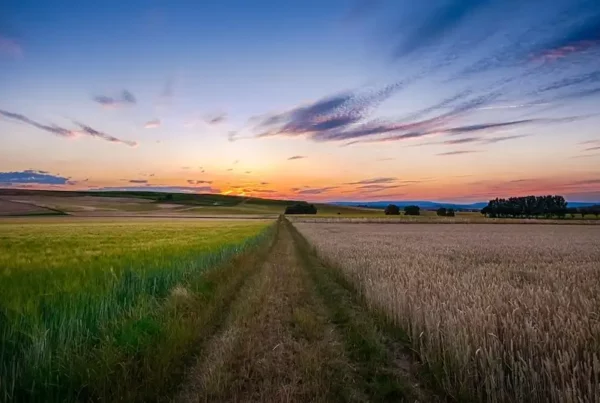High in the arid White Mountains of eastern California stand the gnarled, twisted trunks of ancient bristlecone pines. These slow-growing trees quietly weather the ages; at more than 4,000 years old, some are more ancient than the Great Pyramid of Giza.
For years, scientists have analyzed the varying widths of bristlecone pines’ annual rings as windows into thousands of years of past temperature patterns in the region. (Trees tend to grow more in warmer, wetter conditions, resulting in thicker rings, whereas colder and drier conditions lead to thinner rings.) However, such reconstructions are typically limited to multidecade- or multiannual-level resolution.
Now, researchers present a novel approach that uses X-ray computed tomography (CT) to capture the wood density of bristlecone tree rings and generate annual resolution reconstructions of ancient temperatures.
The new technique builds on strategies originally developed for other tree species that analyze maximum latewood density—the highest density found in the darker, “latewood” part of a tree ring, which forms at the end of the growing season. Maximum latewood density typically holds more accurate records of past temperature than tree ring width, but conventional measuring techniques are incompatible with the contorted angles of bristlecone wood.
By applying X-ray CT scanning to core samples (thin cylindrical samples taken from the side of a tree) from bristlecone pine trees, the researchers were able to create 3D images of the tree rings and map yearly variations in maximum latewood density. Analysis of 51 cores from the White Mountains enabled the team to accurately reconstruct annual warm-season temperatures not just for the White Mountains region but also across the American Southwest, spanning the years 1625–2005.
The analysis captured several notable patterns, including cold temperatures during the Little Ice Age and the last 2 decades of the analysis, from 1994 to 2005, being the warmest.
These findings suggest that X-ray CT scanning could be applied to additional bristlecone pine cores to create an unprecedented annual resolution reconstruction of temperatures in the American Southwest reaching as far back as 2575 BCE (which is the year the oldest datable ring in the researchers’ data set of temperature-sensitive core samples formed).
The technique could also be harnessed to more accurately reconstruct past regional temperatures using cores from other old, slow-growing trees around the world, including the coniferous alerce of South America and the Qilian juniper of the Tibetan Plateau.
Read the paper: Geophysical Research Letters
Article source: Eos, hosted by the American Geophysical Union.
Author: Sarah Stanley
Image: Bristlecone Pine Great Basin National Park, Nevada–over 3,00 years old. Credit: George Longenecker/ Wikimedia Commons






